Echinacea
Echinacea are the Coneflowers from North America. The deep pink Echinacea purpurea is the most commonly encountered, but the increasing availability of several related species and extensive breeding have greatly increased the diversity available from this genus in recent years. They are easily recognised by the cone of stiff spikes in the centre of each large daisy flower. The flowers can vary from being quite flat to having heavily reflexed petals in Echinacea angustifolia. They are extensively visited by both bees and butterflies for the rich nectar they produce.
Echinacea naturally grow in dry habitats, in open woodland and on prairies. They are very hardy in respect of temperature and also tolerant of heat in summer. They thrive in full sun and will tolerate light shade and drought. Their enemy in Britain is muggy dampness and overcrowding. Think of their native habitat which tends to be dry and often windy. Plant where they will not sit wet in the winter and in a place where there is good air flow around the crown and they can prove excellent garden plants.
Back in the early 1990’s Echinacea purpurea was cross with the yellow Echinacea paradoxa to creatre Echinacea ‘Art’s Pride’. Lovely though this dazzling amber cross was, it proved a disaster in the garden, as did so many of the crosses that follows. Each one as reliably unhardy as it was lovely. Now, 20 years on, crosses such as E. ‘Tomato Soup’, E, ‘Tiki Torch’ and similar are finally bucking the trend, giving us colours right from yellow through oranges to pinks and reds on plants that are reliable in the garden. Couple this with the Prairie planting movement championed by designers such as Piet Oudolf and Echinacea is now one of the most popular of perennials.
Both Echinacea purpurea and Echinacea angustifolia are used in herbal medicine.
Echinacea were originally classified in Rudbeckia
Echinacea angustifolia – black Sampson, Coneflower, Niggerhead, Brauneria pallida
Asteraceae
The family Asteraceae( Compositae ) comprises the daisies. Whilst you might look at the flower of a daisy and think you are looking at a single flower, what you are actually looking at is an inflorescence – a group of flowers. In daisies the flowerhead, or more rightly the capitulum, is a composite of two types of flowers. In the centre are the disc florets which are small, normally tubular and fertile. They produce the nectar that attracts insects and lead to the seeds. Outside these in a ring are the ray florets which are like flattened petals. These are colourful and have the job of getting the flowerhead noticed.
Heleniums are one of a group of warm coloured late summer daisies that are often confused.
Of the daisies with a pronounced central nose, there are three main genera, Helenium, Rudbeckia and Echinacea.
Echinacea are the easiest to identify as they have a cone centre which is spiky to the touch. They used to come mainly in pinks and white, but with modern breeding yellows and oranges have been added to the mix. They tend to grow less than 60cm tall with stiff stems.
Rudbeckia have similiar shaped cones to the Echinacea, sometimes more elongated, but the cones are soft to the touch. Rudbeckias come in yellows and oranges, touching on brown. There are Rudbeckias from 30cm up to 2m plus.
Heleniums have a much rounder, bun shaped brown or yellow nose with a lovely felty feel. As the flower ages and the fertile flowers mature a ring of yellow stamens pops out. It always looks to me like embers chasing over a burnt log. They cover yellow, orange and red. Heleniums come in the range 60cm to 2m plus

















































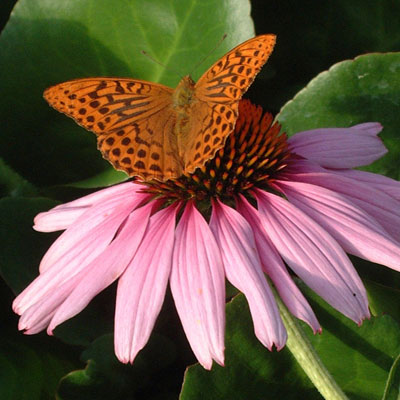
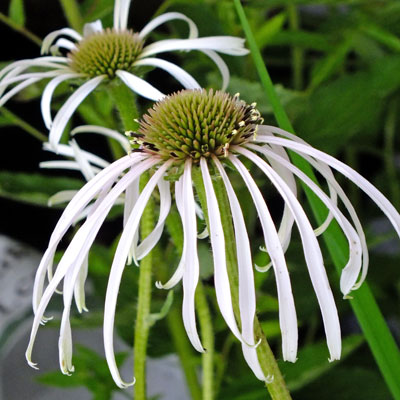
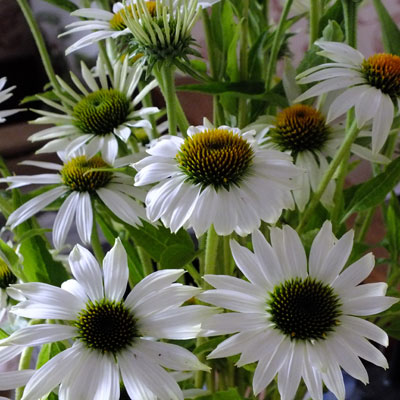
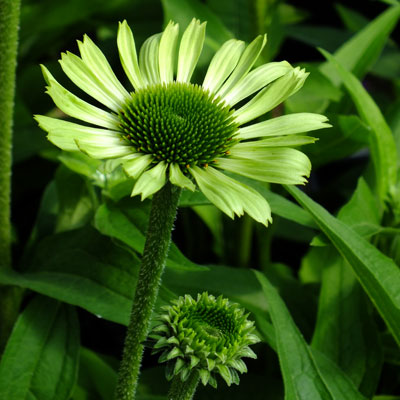


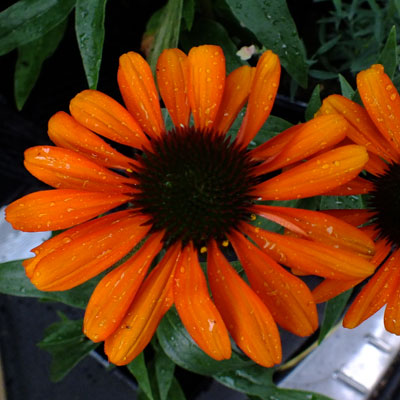
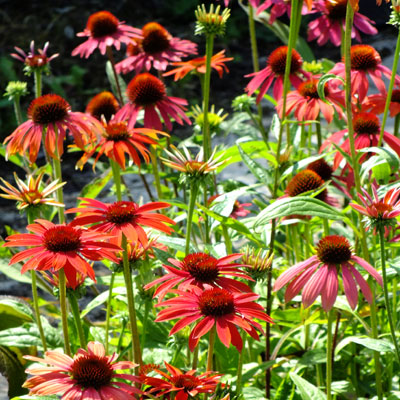
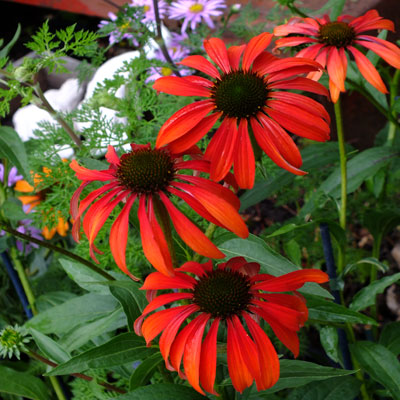
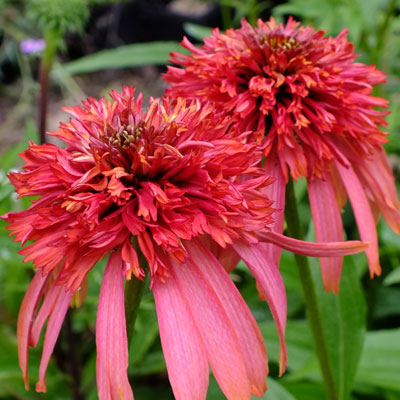

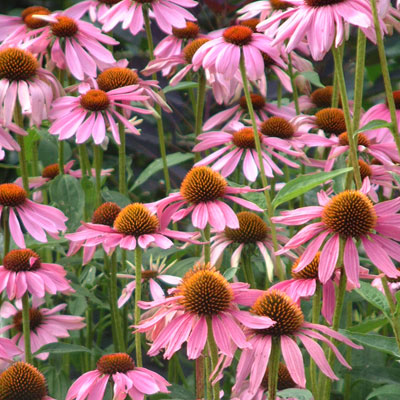
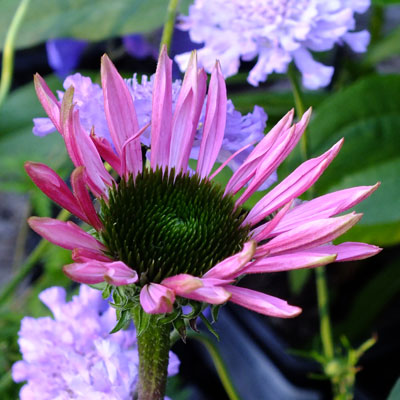
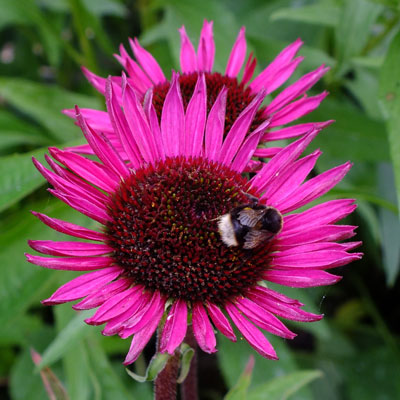
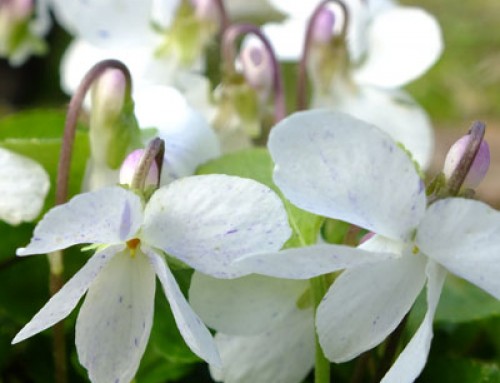

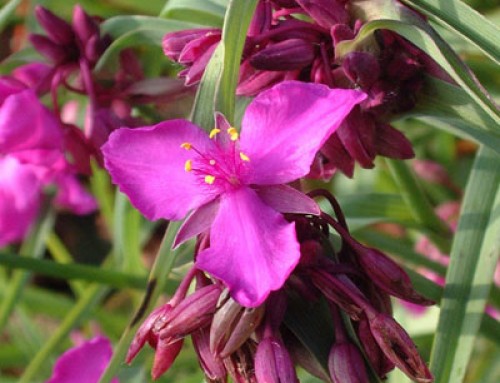
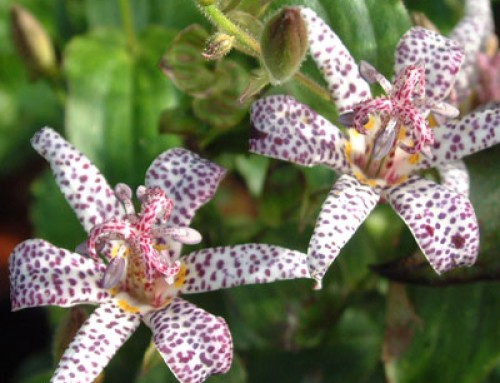
Leave A Comment
You must be logged in to post a comment.